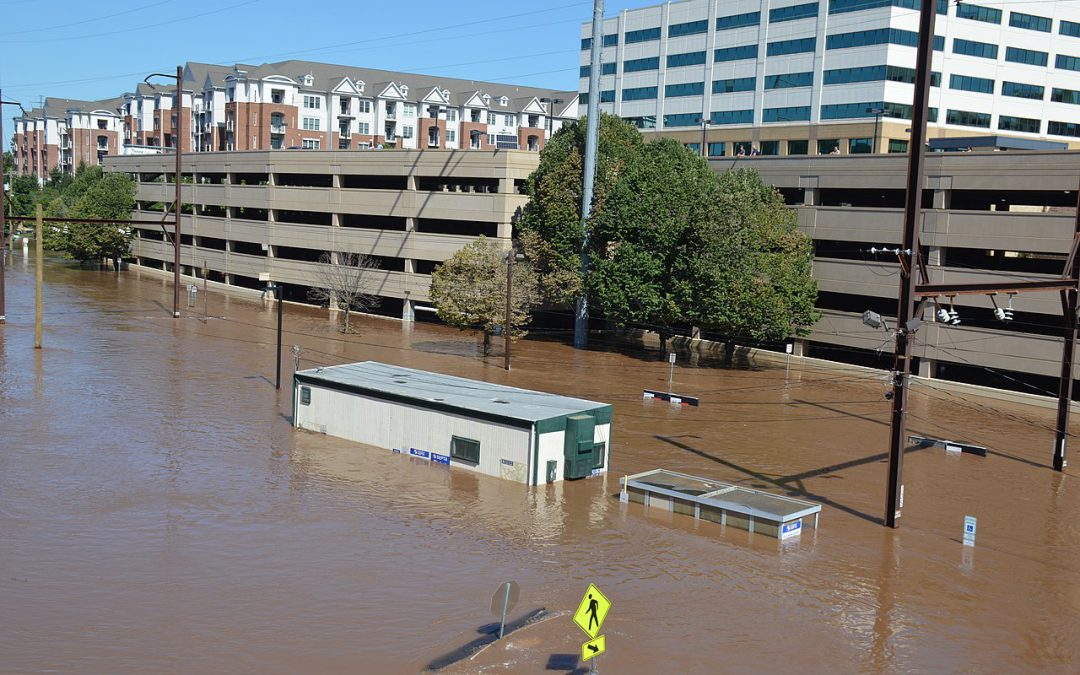
RGGI and Why It Matters to Radnor Meeting
 The Climate Action Committee has vital news to share at the end of April. Radnor Monthly Meeting has supported Pennsylvania’s entry into the Regional Greenhouse Gas Initiative (RGGI; nicknamed “Reggie”), linking Pennsylvania with 11 other New England and Mid-Atlantic states in an ongoing effort to reduce greenhouse gas emissions generated by electricity.
The Climate Action Committee has vital news to share at the end of April. Radnor Monthly Meeting has supported Pennsylvania’s entry into the Regional Greenhouse Gas Initiative (RGGI; nicknamed “Reggie”), linking Pennsylvania with 11 other New England and Mid-Atlantic states in an ongoing effort to reduce greenhouse gas emissions generated by electricity.
Connecticut, Delaware, Maine, Maryland, Massachusetts, New Hampshire, Virginia, New York, Rhode Island and Vermont have all entered the agreement to reduce their electrical carbon dioxide (CO2) emissions. New Jersey rejoined the cap-and-trade agreement in 2020.
How the RGGI Cap-and-Trade Arrangement Works
While each state has its own carbon budget, RGGI places a firm cap on the multistate region. Emitting companies must purchase state-issued allowances to pollute if they exceed their emissions budgets. This provides an incentive to hold down the amount of pollution a company creates. Companies that use up less than allowed can receive money for “trading” the permissions they haven’t used up.
The state makes money in auctions which is reinvested in energy efficiency.
Calling climate change is “the most critical environmental threat confronting the world,” and noting that electricity emits a large portion of human-created greenhouse gases, Pennsylvania’s Governor Wolf has signed an Executive Order and, this month, finalized a regulation starts the rulemaking for entering the regional initiative.
Pennsylvania Is the #3 US Electricity Maker, and the Largest One in the RGGI
Pennsylvania is the #3 electricity producer in the United States. Traditionally it has been coal-powered, but natural gas is now generating more than half of Pennsylvania’s electricity.
The expected hoped-for outcomes of joining RGGI?
- Reducing Pennsylvania’s CO2 emissions significantly.
- Cutting the release of toxic pollutants including nitrogen oxides, sulfur dioxide, and particulate matter.
- Supporting the health of vulnerable populations: children, elders, low-income, and communities facing environmental inequity.
- Sparing up to 639 premature deaths from respiratory illnesses by 2030, and cutting hospital trips for asthma and other respiratory illnesses down by 30,000.
- Contributing to the economy of Pennsylvania.
Many groups throughout Pennsylvania supported the Governor’s decisions and the Radnor Quakers are pleased to have joined in this effort.
But the Effort to Have PA Join the Initiative Is Not Over
Democratic gubernatorial candidate Josh Shapiro is evaluating the initiative; and Republicans oppose it.
As Scientific American has stated:
The move represents a massive expansion of carbon pricing in America—capping power plant emissions in one of the country’s leading electricity-generating states. But the Keystone State’s participation in the program faces immediate tests in the form of a lawsuit and a gubernatorial contest this fall.
Environmentalists say RGGI is the gateway to more comprehensive emission reductions cuts as revenues can support coal-focused areas of the state. The voices of Quakers in Pennsylvania need to keep being raised and heard.
________
Key reference: Regional Greenhouse Gas Initiative webpage of the Commonwealth of Pennsylvania’s Department of Environmental Protection.
Photo credit: Michael M. Stokes, Flooding from Tropical Storm Ida in Conshohocken (2 Sep. 2021), licensed as CC-by-2.0.
Other recent resources from the Climate Action Committee:
